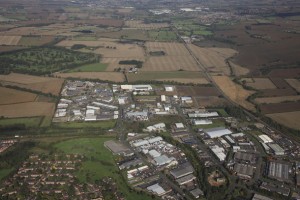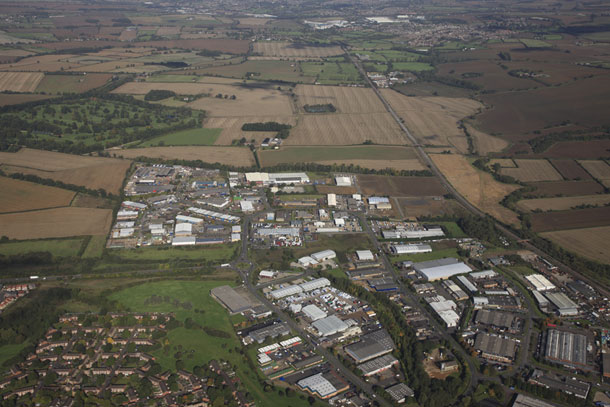 Wellingborough remains a prime business location says commercial property agent Prop-Search. The Borough’s proximity to London, excellent communication links to the rest of the UK, and competitively priced property are just some of the advantages of being located, or relocating to the town.
Wellingborough remains a prime business location says commercial property agent Prop-Search. The Borough’s proximity to London, excellent communication links to the rest of the UK, and competitively priced property are just some of the advantages of being located, or relocating to the town.
The central location of the town has remained important to its industrial development throughout history. Between 1750 and 1850, the town’s main industry base centred round agriculture, whilst the period following 1850 was in contrast characterised by dramatic change as it underwent a belated process of urbanisation and industrialisation. During this time, Wellingborough saw the large-scale development of the boot and shoe industry, and ironstone quarrying.
There was also a third phase of development in the town; the period from 1960 onwards was characterised by the gradual demise of manufacturing, and the rise of service and information technology sectors. With good communications links, distribution has become a key industry for the town, in addition to light engineering.
The town’s industrial estates are for the most part located within the town, Finedon Road, Ise Valley, Denington, Park Farm and Leyland Trading Estate. These purpose-built estates remain the best location for most industrial users as they have the necessary infrastructural requirements and locating here minimises environmental damage and disturbance to residential area in terms of traffic generation, noise, pollution and visual impact. Together they provide a variety of sites and premises in terms of size and location to meet the needs of most businesses. Accordingly, most industrial development has been directed to these estates.
Wellingborough’s advantageous position in relation to the primary road and rail networks is likely to lead to continued demand for major warehouse distribution depots, and headquarter buildings. Indeed, Network Rail has recently completed major improvements at Wellingborough Station which provides a direct service to St Pancras International, giving passengers step-free access between entrance and platform. Engineers have installed a new footbridge and two lifts to allow easier and more equal access around the station.
Modern logistic companies are now increasingly demanding high bay warehousing and unfortunately the existing developed industrial estates are unsuitable for these purposes. This is in the main due to their scale and potentially high traffic generation.
Over the past couple of years, there has been a lack of developer activity within Wellingborough for various reasons, but mainly due to viability issues. Intervention by the Council could help to deliver these sites by providing the necessary investment conditions. Indeed, the Council itself is a major land owner and has indicated that it wishes to use these assets to unlock the town’s economic regeneration potential. This would help to tackle the large number of brownfield sites to create step change that would bring investment to the Borough and a better future for communities and businesses.
The proposed employment area of land to the east of the town – south of the railway – remains earmarked for development and in recent months has moved a step closer to being accessible for development. The Borough Council of Wellingborough has agreed to use compulsory purchase order powers to procure an access route into the site, which runs along the far side of the railway line near the station and the Leyland Trading Estate. This would also include an extension to Midland Road – via a bridge over the railway line – access to a transport interchange and a 1,000 space car park.
So, Wellingborough remains well placed to provide for the well-being and increasing prosperity of the local economy, with sufficient employment land to enable the potential needs of the labour force to be met. It is anticipated that this can be achieved by building upon the strengths of the Borough – its increasingly diverse economic base and accessibility. However, consideration must be paid to provide for the needs of a variety of firms, both existing and new, by ensuring that a wide choice of land and premises in terms of size and location, with adequate infrastructure are available.






















